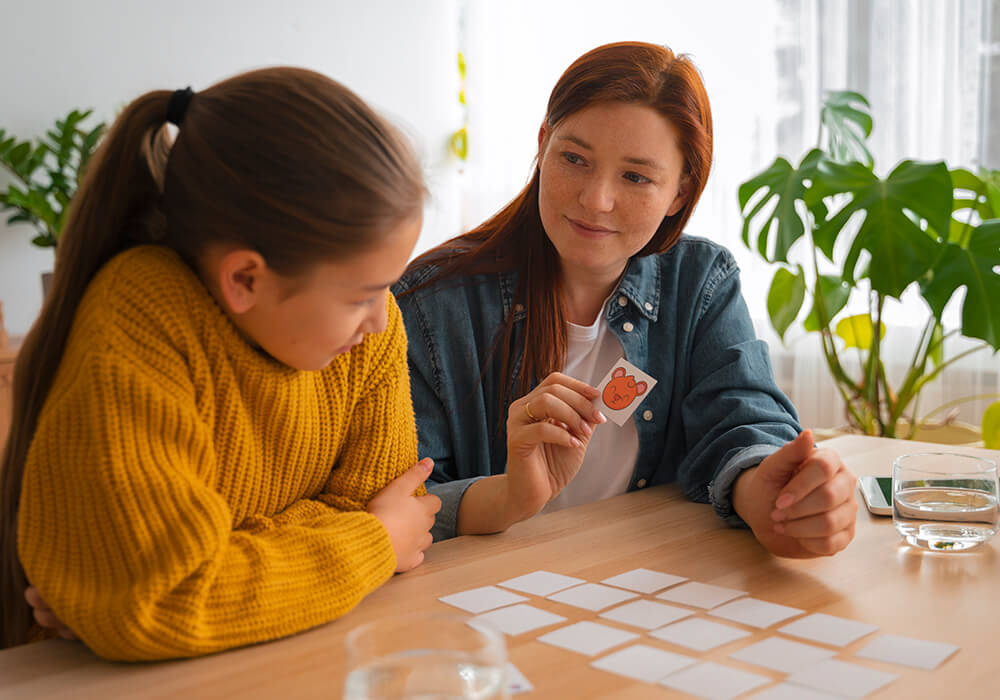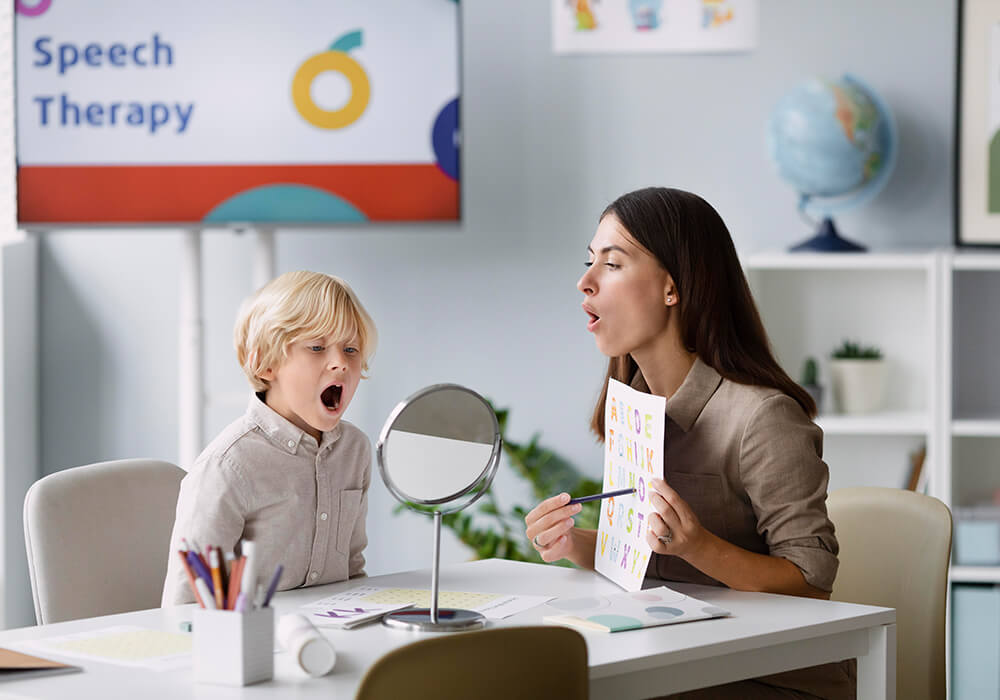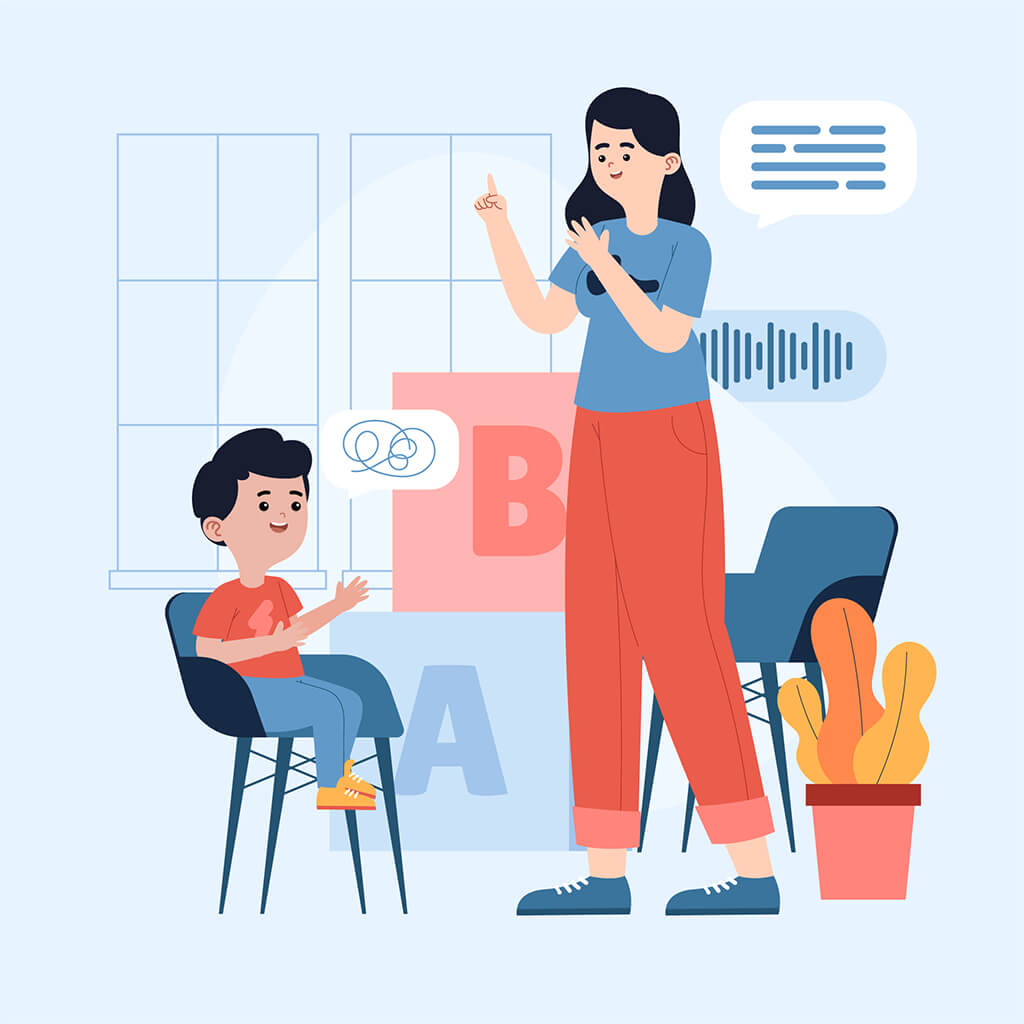Understanding Stuttering in Children
It’s normal for young children to go through periods of disfluency as they learn to talk — but when stuttering becomes frequent, frustrating, or persists beyond the preschool years, it may be time to seek support. Stuttering is a type of speech fluency disorder that affects how smoothly and easily a child speaks. This may include repetitions, sound prolongations, or visible struggle when trying to talk.
At Look Who’s Talking SLP, we specialise in stuttering therapy for toddlers, preschoolers, and school-aged children. Our team provides gentle, effective support using the internationally recognised Lidcombe Program, designed specifically for young children who stutter. Whether your child’s stutter comes and goes, has recently increased, or is causing them distress, our team can help.
We offer fluency therapy in our Sinagra clinic, via Telehealth, and through home visits. Early support can make a big difference — and we’re here to walk the journey with you. As a parent-coaching program, a guardian must be present for all sessions. Our services are available to both private clients and NDIS participants.
Signs Your Child May Need Fluency Support
You may want to book an assessment if your child:
- Repeats sounds, syllables, or whole words (e.g. “b-b-b-ball” or “I-I-I want”)
- Gets “stuck” or experiences blocks where no sound comes out
- Prolongs sounds unnaturally (e.g. “sssssssnake”)
- Shows frustration, tension, or avoids speaking
- Is aware of their speech and tries to “hide” it
- Has a family history of stuttering
- Has been stuttering for more than 6 months
While stuttering often begins between ages 2 and 5, it can affect children at any age — and getting help early often leads to better outcomes.


How We Help
At Look Who’s Talking SLP, our approach to stuttering therapy is supportive, evidence-based, and personalised to your child’s needs and family routines. We use the Lidcombe Program, a parent-led behavioural therapy designed for young children who stutter. This program involves positive reinforcement, structured play, and weekly check-ins with our team to monitor progress.
We work closely with families every step of the way — empowering parents to support therapy at home and helping children feel safe, seen, and successful in their communication.


